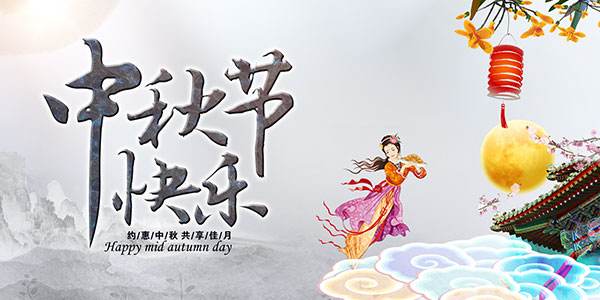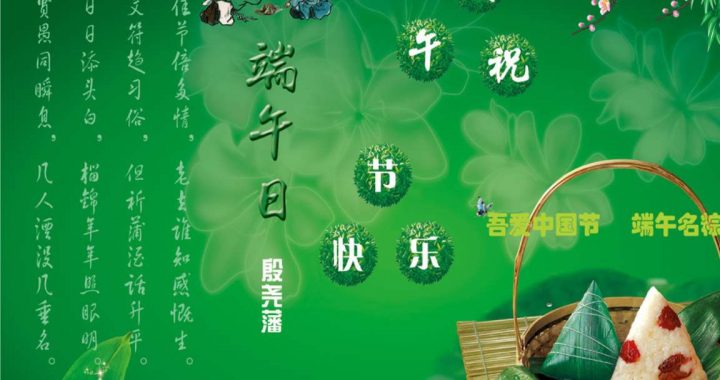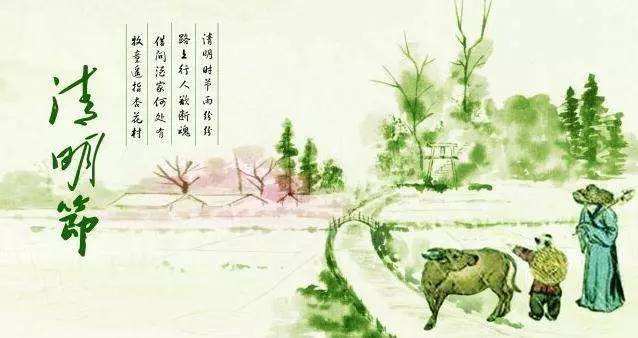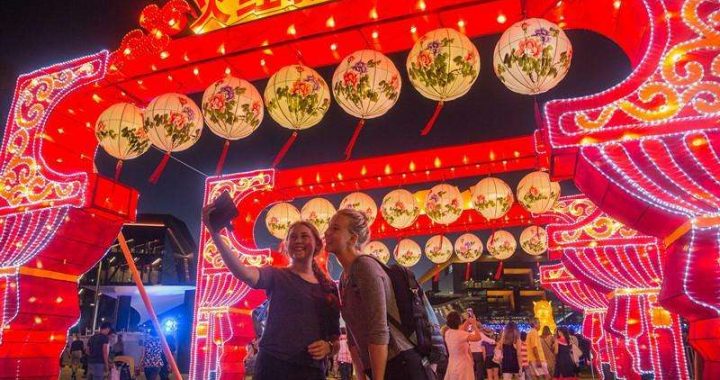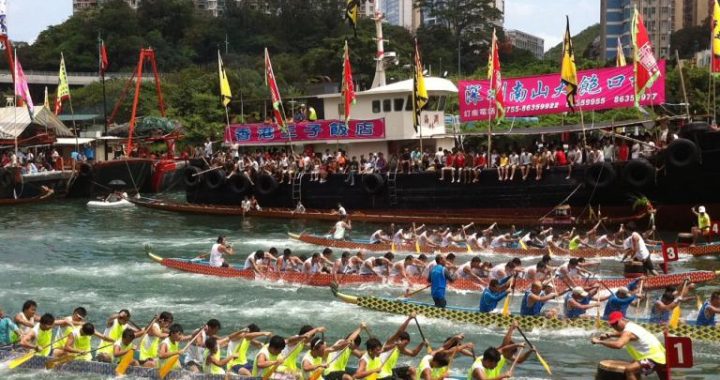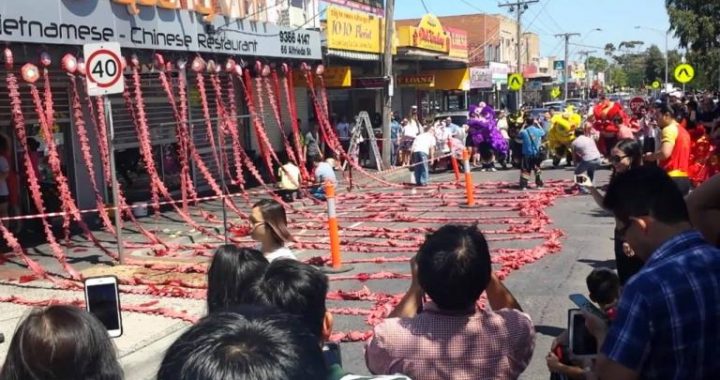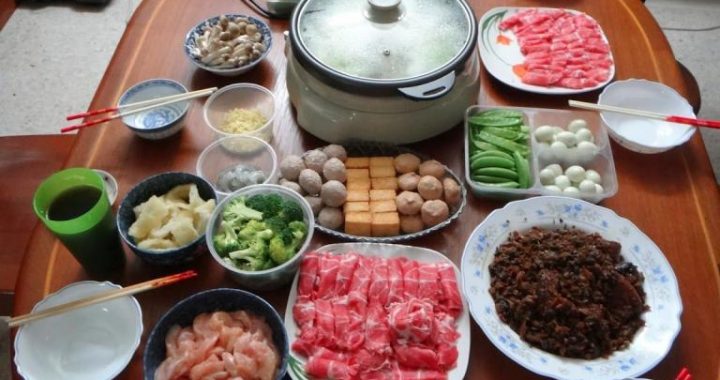Happy Gathering on the Prairie in Nadam Fair
6 min readUnder boundless sky, on vast plains, cows and sheep can be seen when the wind blows and grass lowers.
Mongolians live on a boundless prairie. They ride horses from childhood and live near water and grass, creating a splendid nomadic culture. Different from the agricultural culture, the nomadic culture attaches more importance to phonological changes and determines the length of stay at a certain place by judging the color of the prairie and the growth momentum of grass. Ancient Mongolians’ concept of time was defined by the characteristics of nomadic production and life, ie.”the 1St month is the white month, the 2nd month is the water and grass month, the 3d month is the milking cow month, the 4th month is the green month, the 5th month is the hunting month, the 6th month is the sunlightmonth, the 7th month is the red month, the 8th month is the full month, the 9th month is the sheep slaughter month, the 10th month is the cattle slaughter month, the 11th month is the eating month, and the 121h month is the azure month.”4 Therefore, nomads spend most of time in spring on the road of migration to look for sufficient forage grass; in summer when there is abundant water and grass, nomads have relatively more leisure time; in winter, they migrate and store grass; in winter, they feed livestock in pens, so herdsmen’s habitations are relatively fixed and centralized. Because of such mobile and dispersed nomadic production, people have very few opportunities to get together. With this rhythm of production, the Nadam Fair with the characteristics of festive culture emerged and developed gradually.
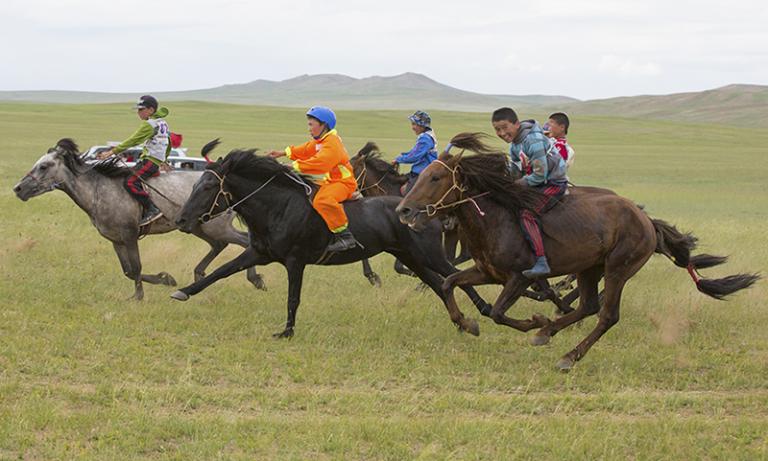
The Nadam Fair is mostly held in summer when there is abundant water and grass on the prairie and herdsmen have leisure, but there are no established rules on the specific date, theme, scale, form, organizer and participants. In history, the Nadam Fair only referred to the athletic activity of Mongolian “three manly sports,”i.e. wrestling, horse racing and archery, while in Mongolian life, all gatherings and celebrations were generally called”party days.”They were not directly called”Nadam Fair”until 1940s. The reason for the change was closely related to Mongolians’ nomadic traditions and the development of the modern festival culture. Wrestling competition is recorded in Secret History of Mongolia. Wrestling is not only a mode of entertainment during the gathering of various Mongolian tribes, but also a means to display men’s strength and tribes’ authority. Infinit strength and valiancy are supreme glories for Mongolian men. Horses are the core of the Mongolian ethnic culture. They are not only gods, but also family members, companions and friends. In the Mongolian nomadic culture, there is a complete culture of respecting horses, loving horses, taming horses and controlling horses. Archery is similar. Mongolians undergo training in archery in their childhood. Wresting, horse racing and archery have become Mongolians’ basic survival skills in nomadic production and life with profound traditions and an extensive basis. Therefore, these three athletic activities are indispensable in Mongolians’ gatherings and celebrations.
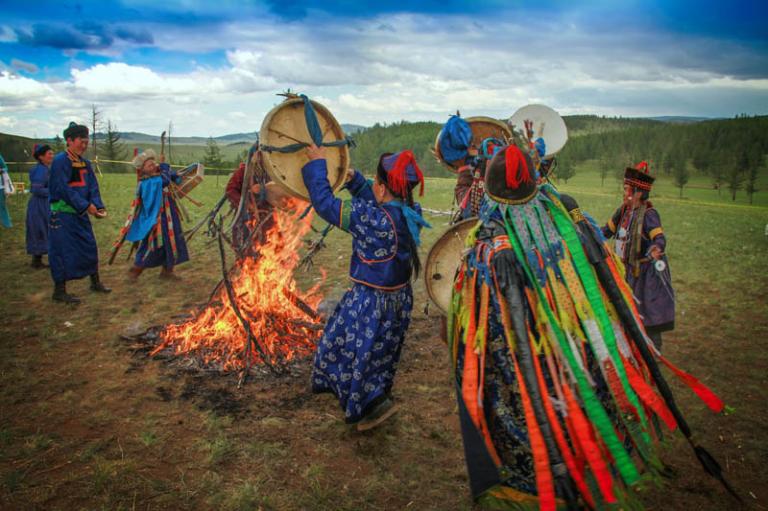
The Nadam Fair is also closely associated with the Mongolian tradition of Aobao sacrifice. Though Mongolians believe in Tibetan Buddhism, their profound nature worship is still in existence today. Aobao sacrifice is a vivid example. To pray for favorable weather, abundant water and grass, physical health and cattle multiplication, Mongolians pile up earth heaps or stone heaps(called”Ebo”) on highland, near mountain passes and at crossroads, and offer sacrifices to them as their guardians. Aobao sacrifice usually takes place when spring turns into summer. There are many types of Aobao such as general Aobao, child Aobao and family Aobao, the time of sacrifice is not fixed, and the modes of sacrifice are also different, but the Nadam Fair is held and athletic activities such as wrestling, horse racing and archery are organized at the time of Aobao sacrifice.
Therefore, generally speaking, the Nadam Fair is a festival activity with wrestling, horse racing and archery as the core which emerged, developed and evolved in Mongolian nomadic production and life and is usually inseparable from Mongolians’ gatherings, celebrations and Aobao beliefs.
The Nadam Fair was originally a spontaneous and relatively free folk activity, but as Mongolians’ historical position was established and their military power became stronger, especially after the establishment of the Yuan Dynasty’s state power, the Nadam Fair’s competition, entertainment, gathering and celebration functions became increasingly diversified and began to be stereotyped. In the Ming and Qing dynasties, the Nadam Fair gradually became an independent folk activity appearing in different gatherings. In this period, organizers were mostly the imperial court, governments at all levels or high officials, and included few ordinary people. In this period, the Nadam Fair’s material exchange and trade functions also developed. With the founding of the People’s Republic of China and the development of the modern society, the Nadam Fair gradually changed from an activity dependent on Aobao sacrifice, gatherings and celebrations to an independentactivity and an independent festival. Meanwhile, the contents of the Nadam Fair are also more diversified. Core athletic competitions such as wrestling, horse racing and archery are kept, and many modern festival elements are added. Carrying out material exchange and commercial trade and developing prairie cultural tourism has become an important aspect of the Nadam Fair. The scale of the Nadam Fair organized by the government is increasingly large, its influence is increasingly great, and its entertainment and commercial functions are increasingly deepened. Meanwhile, smal-scale Nadam Fairs organized by individuals or families are increasingly numerous.
The festival form of the Nadam Fair is distributed throughout the vast prairie inhabited by Mongolians. The Nadam Fair is generally held between May and August, but the specific date of the fair is traditionally determined through calculation and divination by living Buddhas in temples. The period of the Nadam Fair is not fixed, generally an odd number of days,e.g.1 day,3 days,5 days, etc. After determining the time of the Nadam Fair, the organizer spreads the message to all herdsmen, invites horse teams and wrestlers to participate in competitions, and gather herdsmen for participation in the fair. The organizer should prepare various dairy products as well as beef and mutton for treating guests, and should prepare prizes to be presented after competitions. Advertisements on the Nadam Fair organized by the government are broadcast on television and radio.
Before the Nadam Fair, all nomadic families go from faraway and scattered summer pastures to the place of the Nadam Fair holding the old by the arm and the young by thehand with tents, woolen blankets, and milk tea and good wine prepared by them. In the past, herdsmen travelled on the “Lele cart”with big wheels and a small body suitable for prairietours. At present, they ride motorcycles or drive cross-country vehicles. After their arrival, they set up tents and kitchen ranging around the venue to share the joy of this festival. If a family has a male competition participant, preparations are made very early. Old people prepare wrestling suits for children carefully, and the loved horses look valiant and heroic.
When athletic activities begin, people huddle together and cheer. When a wrestler enters the arena, he should perform the wrestling dance to imitate the posture of a flying eagle. Two competitors will grasp each other at the beginning and then try to win the match using different techniques such as tangling, raising, hanging and pressing. The winner jumps three times, solutes the audience and then leaves. There are many rules on wrestling matches,e.g. no touch of eyes and ears, no drag of hair and no kick to any part above the knees. In horse racing, horse ornaments and rider ornaments vary. Before the horse race,a smoke sacrifice ceremony is held: burning pine needles and cypress branches are put into an incense burner, and neatly dressed riders on fresh-looking racehorses go around the incense burner clockwise three times to pray for smooth competition and safe return. After the smoke sacrifice ceremony, the horse race begins. In archery competition, targets are usually about 20 meters away. Because archery is seldom needed in Mongolians’ everyday life today, less and less people have mastery of this traditional skill. Prizes are presented after every match, and an ancient congratulatory song is sung to praise the winner: His drifting mane is soft and beautiful, Like a glittering gold umbrella turning with wind; His breast is so broad,Like a precious pot full of sweet dew.
The Nadam Fair is also a precious moment when relatives and friends having not meet for month to get together.Herdsmen inhabit scattered areas on the prairie and seldommove in ordinary days.The Nadam Fair provides people with an opportunity to meet and chat with relatives and friends and deepen friendship.This is why the Nadam Fair is so important to Mongolians.

